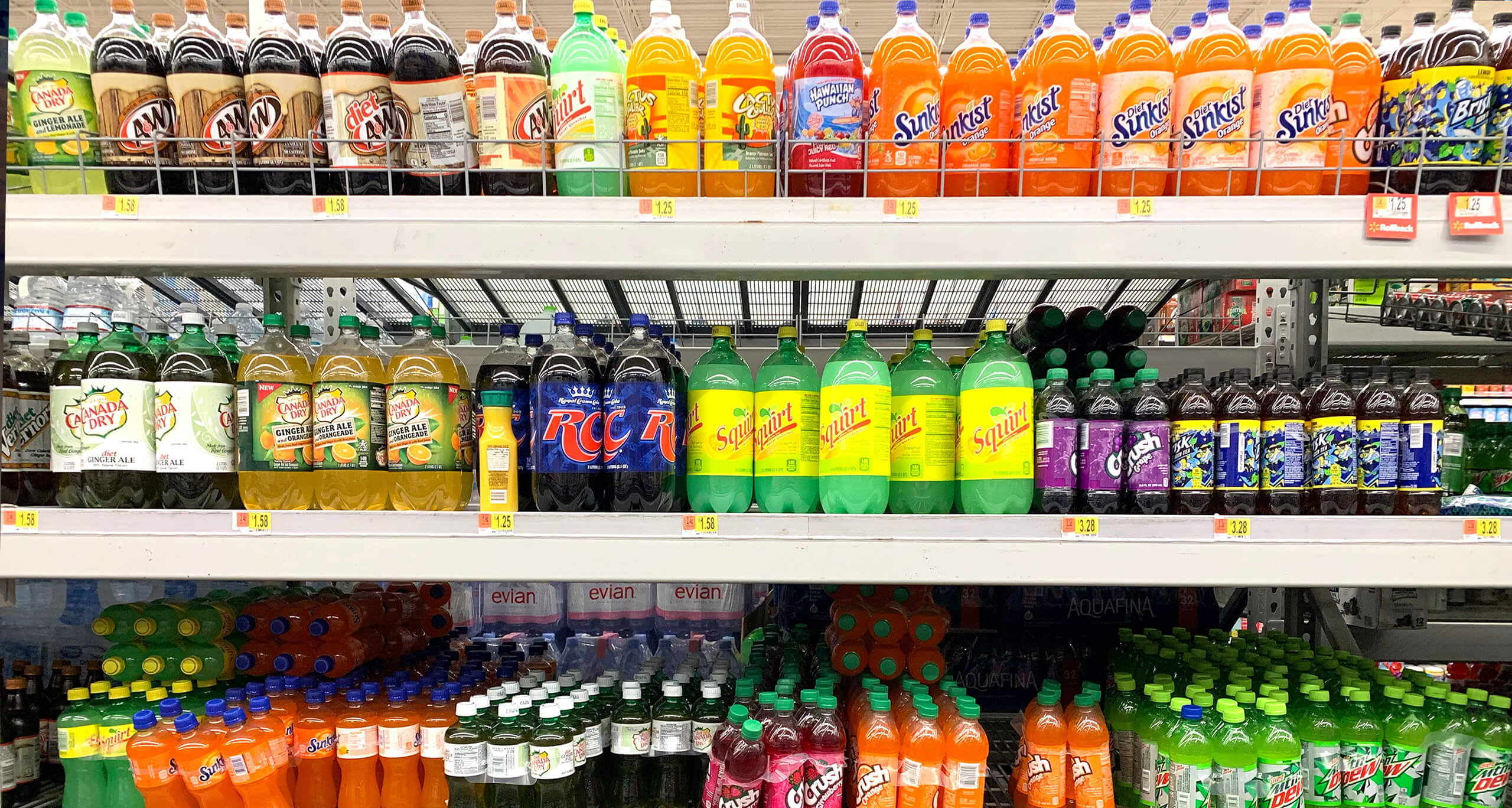There’s an ongoing saga in retail centered around shelf edge price labeling. Back in the early 1980’s, a new device called an “electronic shelf label” came to market. The world was about to go digital at the shelf edge – only it didn’t.
Electronic shelf labels (ESLs in industry parlance) were designed in and for an era when the typical shelf label was monochrome, i.e. black copy on a white background. That label contained price, a truncated product description, a stock number and some other store information. ESLs copied the format: monochrome and simplistic. The displays had segmented numbers and looked like a Casio watch. Later version used “e-ink” – what the Amazon Kindle has. But it’s still monochrome.
The ESL selling point for retailers was labor savings. Most grocery stores change several thousand prices each week. That’s a surprise to most people, but it’s the nature of hi-low pricing schemes, which are the dominant strategy in the US. The labor required to make those changes is significant, and in an industry that runs on pennies, the opportunity to save dollars sounded too good to be true.
Fast-forward 30 years. We are all carrying full-color digital displays with us, all the time. ESLs have added one color – you can now get them with red or yellow to complement the black and white. The costs have leveled out at about $5-7 per tag, not including support systems or installation. Battery life has been touted as five years; the real rate of failure is roughly 20% per year starting in about year two. Needless to say the labor savings ROI never quite worked out, and today there are no significant installations of ESLs in the US.
A local store where I live opened with ESLs five years ago. Last month they took them all out and put up paper. The store manager told me they cost too much to maintain. Surprise!
The other change that happened over the past 30 years was to those monochrome labels: they are now full-color, with a two-inch bib hanging down with brand messages or some other relevant content. Again, ESLs haven’t kept up. The many ESL tests that have failed were primarily due to the inability to effectively use the shelf edge as a marketing tool. The president of an ESL company told the New York Times some years ago that this was the major hurdle for their solution.
But the wind is changing again. Walmart and Kroger are both testing full color displays – just don’t call them ESLs. Kroger has teamed with Microsoft to help with the back end, and has been very vocal about its “EDGE” shelf screens. They’ll even license them to other interested retailers.
As AR (augmented reality) and AI (artificial intelligence) gather steam, look for more change. Ahold is testing ESLs at its Albert Heijn stores in the Netherlands that track code dates and lower prices to sell out of short-code products faster. Price optimization has reached a point that will allow for day-parting of pricing, or better yet, personalized pricing.
One of the remaining challenges is inventory tracking. Never mind robots wandering the aisles – put a camera on the back of a digital display and track movement in real time. If it hasn’t been done yet, it will be soon.
As retailers struggle with the growth of e-commerce, the shelf edge will need to adapt to help with the connection to online. More than 30 years after the introduction, the promise of the digital shelf edge may be on the horizon.


